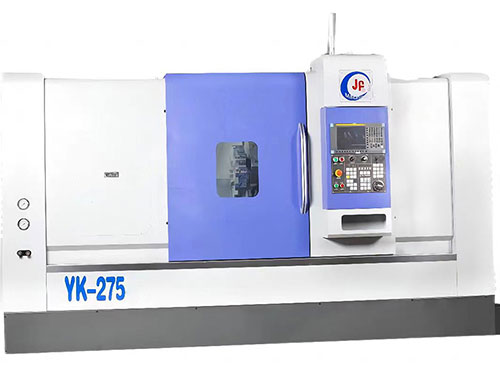
A CNC lathe is a highly intricate and precise machine used for a variety of turning operations. It consists of several vital components, each playing a crucial role in its functionality and precision. To truly understand the working of a CNC lathe and its capabilities, it's essential to familiarize oneself with these core elements.

At the heart of a CNC lathe, the bed serves as its foundation, providing essential stability and support for the entire machine. Typically constructed from cast iron or steel, the bed is designed to ensure rigidity and minimize vibrations during machining. This guarantees high precision and efficiency during operation.
The headstock, located at one end of the bed, houses the main spindle and motor. This part is responsible for holding and rotating the workpiece during the machining process. The headstock is critical for transferring power from the motor to the spindle, allowing smooth and consistent rotational movement.
The spindle is one of the most crucial components of the CNC lathe, as it holds and rotates the workpiece during cutting operations. Mounted in the headstock, the spindle is driven by the motor, providing the necessary power for rotating the workpiece with high precision. This allows for accurate material removal as the cutting tools engage with the surface of the workpiece.
Attached to the spindle is the chuck, which securely grips the workpiece in place. Chucks come in various types, including three-jaw chucks for cylindrical workpieces and four-jaw chucks for irregularly shaped materials. The chuck ensures that the workpiece remains firmly positioned, preventing any wobbling or inaccuracies during machining.
The tool turret is a pivotal part of the CNC lathe, designed to hold multiple cutting tools in place. This mechanism allows for quick and automatic tool changes, significantly improving efficiency and reducing downtime during production runs. By indexing the turret, the machine can switch to the desired cutting tool without manual intervention, ensuring smooth operation.
Each cutting tool is secured within the turret by tool holders, which ensure the tools remain stable and accurately positioned during machining. This stability is essential for maintaining tight tolerances and achieving the desired shape and finish on the workpiece.
The control panel serves as the interface between the operator and the CNC lathe. Equipped with a user-friendly display, the control panel allows the operator to program the machine, monitor its performance, and adjust settings as needed. It’s the control center for the entire machining process, ensuring that operations run smoothly.
At the heart of the CNC lathe’s operations is the CNC system, which acts as the machine's "brain." This system interprets the operator’s commands and transforms them into precise instructions that govern the movements of both the cutting tools and the workpiece. The CNC system ensures the utmost precision, repeatability, and automation, making it the cornerstone of modern CNC lathe machining.
Understanding these core components of a CNC lathe is fundamental for anyone working with CNC turning machines. Each part plays a vital role in the machine’s operation, ensuring that the lathe can perform complex machining tasks with high precision, consistency, and efficiency. Whether you're working with metals, plastics, or other materials, mastering the workings of a CNC lathe is essential for optimizing production processes and achieving the highest quality results.